Resting lovingly at the foot of steep Alpine slopes, Lake Lugano straddles both Switzerland and Italy. Entwined in the combination of shimmering deep blue waters and green mountains, the long winding shoreline is sprinkled with charming, quaint little villages and hamlets. From the lake which is perfect for leisurely boat rides and lazy hikes, it seems like a child has painted his colourful dream on a blank canvas.
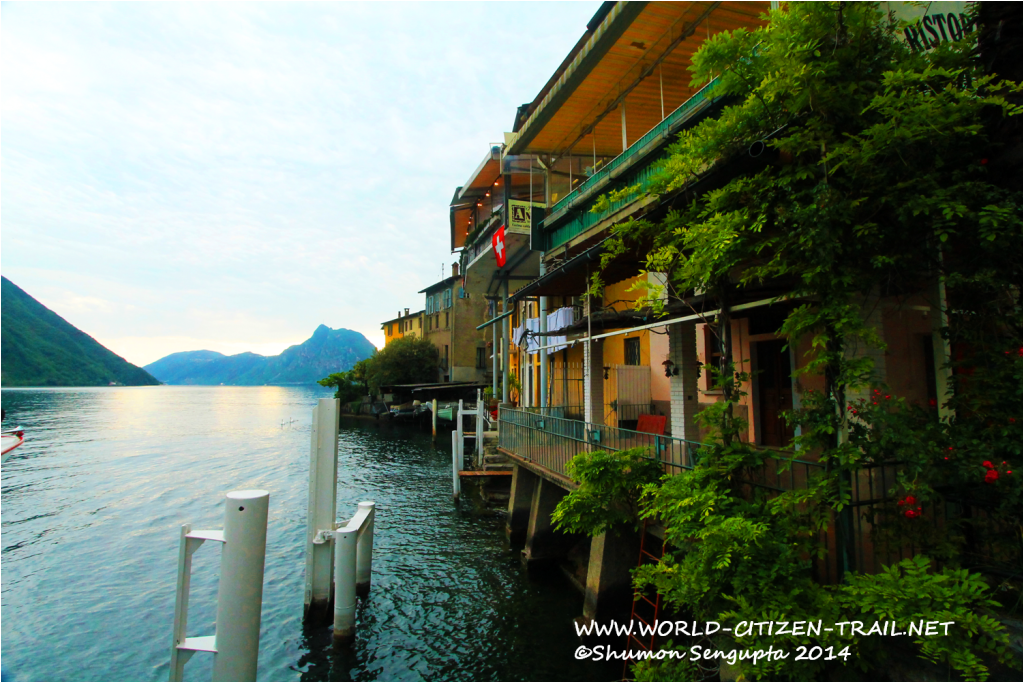
With barely 200 inhabitants, Gandria is considered one of the best preserved erstwhile fishing villages in Switzerland. Free of traffic, the center of the village is a protected heritage site. The village center, because of its very narrow streets, lanes, gradients and stairs, cannot be accessed with a motorized vehicle, not even two wheeler. The only way to get around in the village is to walk and be surprised with a new story at every corner that adds another line to your mind poetry.
We discover that the village was organized around steep narrow cobbled alleys, angular lanes, arcaded passages, grottos, ramps and stairwells. It is an easy and ideal place to lose our bearings and wander about aimlessly.
After exploring the lower reaches of the village, we climb further up past the olive press made of granite and arrive at the plaza. From above, we see a beautiful view of the closely aligned, tight clusters of houses, realizing how steep the gradient of the village actually is and how old and charming the buildings and the labyrinthine layout is. The houses, most of which can only be reached either through a steep passage / alleyways or through a flight of steep stairs, are arranged in cascades, right up to the water front. The view of the village from above is as splendid as it was from the waterfront.
Some of the houses that have facades embellished with ornate stucco and frescos date back to the 16th and 17th centuries and are still well preserved.
At the center of the village, we find the St. Virgilio church (or Chiesa di San Vigilio), with its tall and prominent bell tower dating back to 1463. It has since then been renovated and altered.. The interiors, I am told, are elaborate and ornate, in the Baroque style. Sadly, when we reach, the church is closed.
We spend some time at the plaza and follow the green olive signs, climbing up a steep curved lane and then through a long, narrow flight of stairs, on to a graveled path that eventually lead us into the olive trail between Gandria and Castagnola. We pass through houses, whose walls have drapes of climbers and flowering shrubs, rooted in the crevices in the stones that make up the walls. All along, we catch some stunning vistas of the village, with Lake Lugano peeping in at different places.
Now considered a prosperous, up-market place, Gandria was even a century ago, a very modest, humble isolated little village in which main occupations were fisheries, farming and minor trading. We realize that change in fortune has not changed the essential character of the village where a quaint old world charm and spirit still lingers in the air.
“Gandria is a corner of the world, untouched by noise, located in sweet solitude on the steep mountainside, overlooking the deep lake in which it is reflected. The wave of human misery does not beat upon its shore, the spirit can move freely in ideal skies and the soul finds itself in the ecstasy of contemplation”
Shumon SenguptaShumon has worked and lived around the world, and is proud to say – the Earth is my home… I am a World Citizen. He works in aid and development sector and is in love with his work, travel, people, art and culture, and above all, his little daughter. He blogs at www.world-citizen-trail.net
|
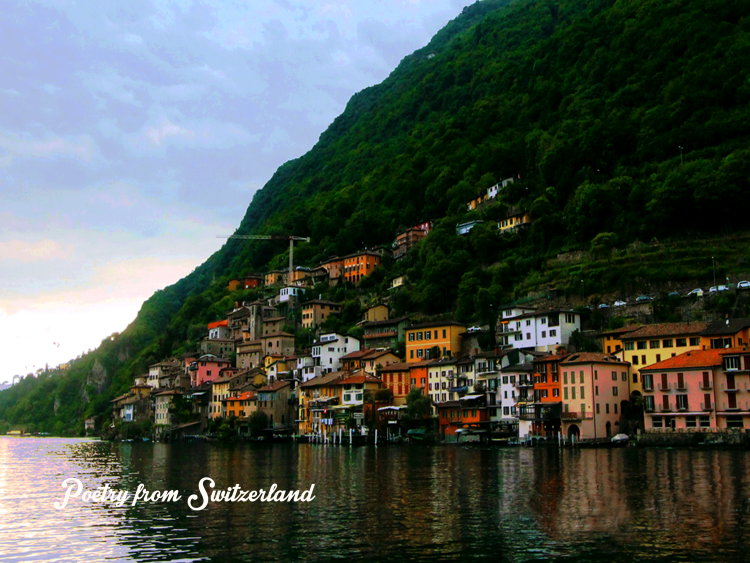
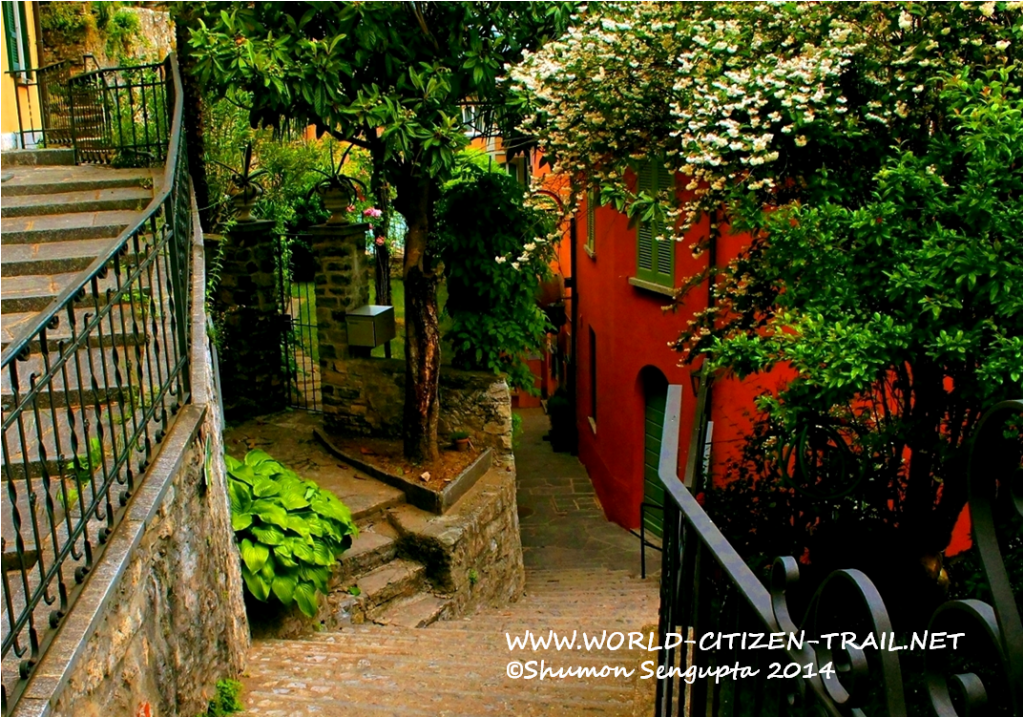
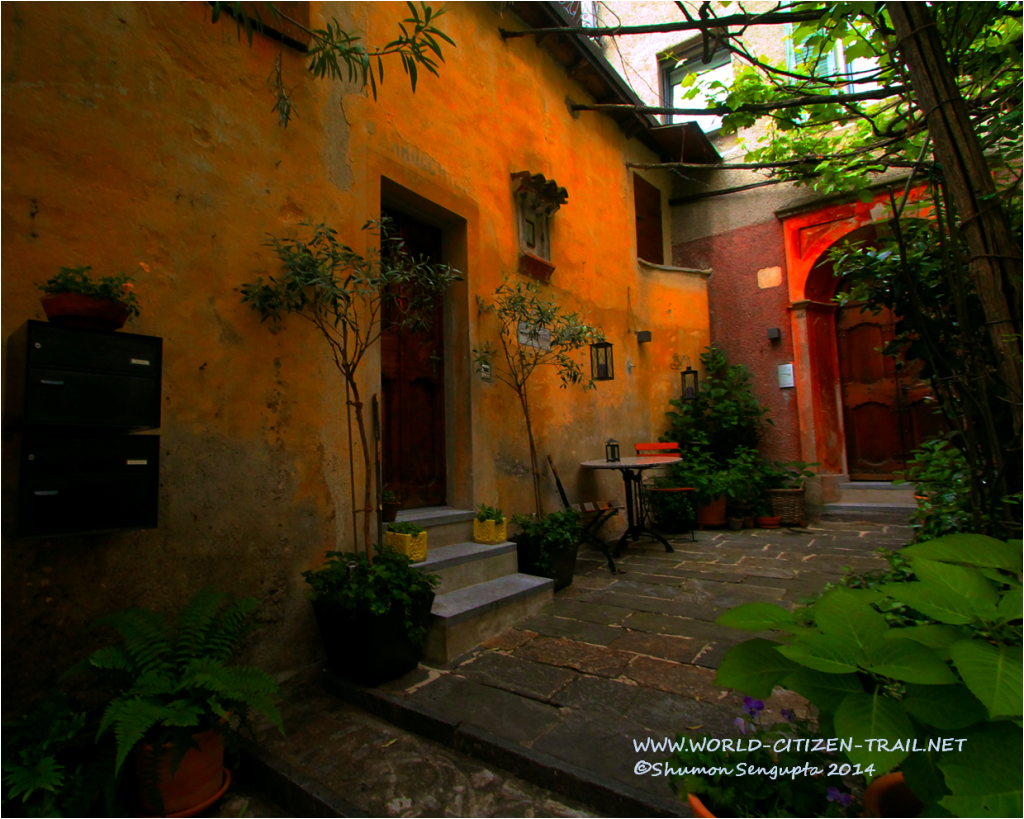
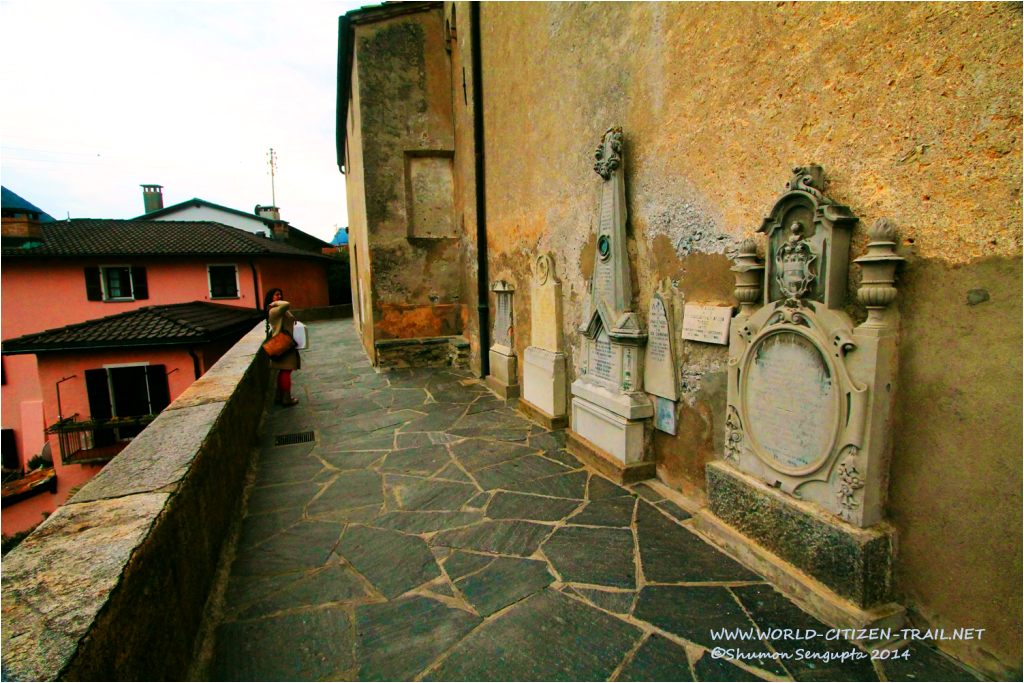
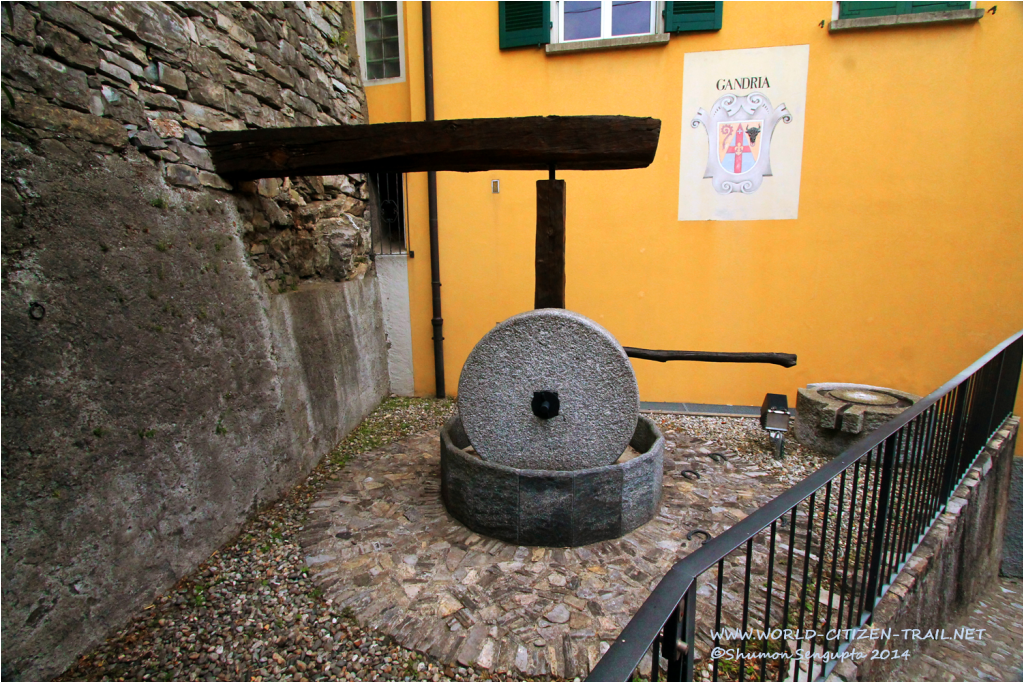
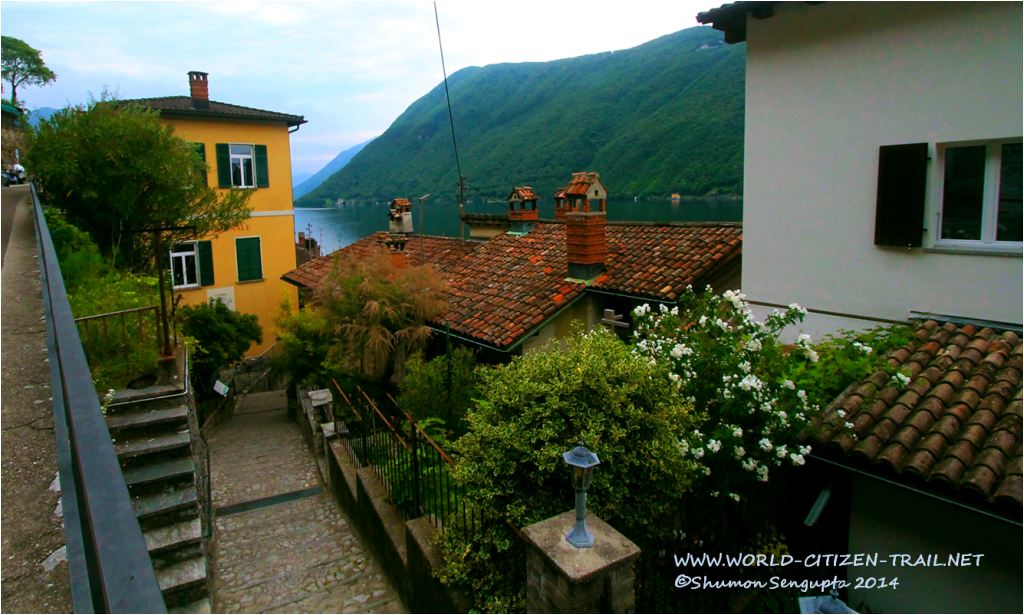
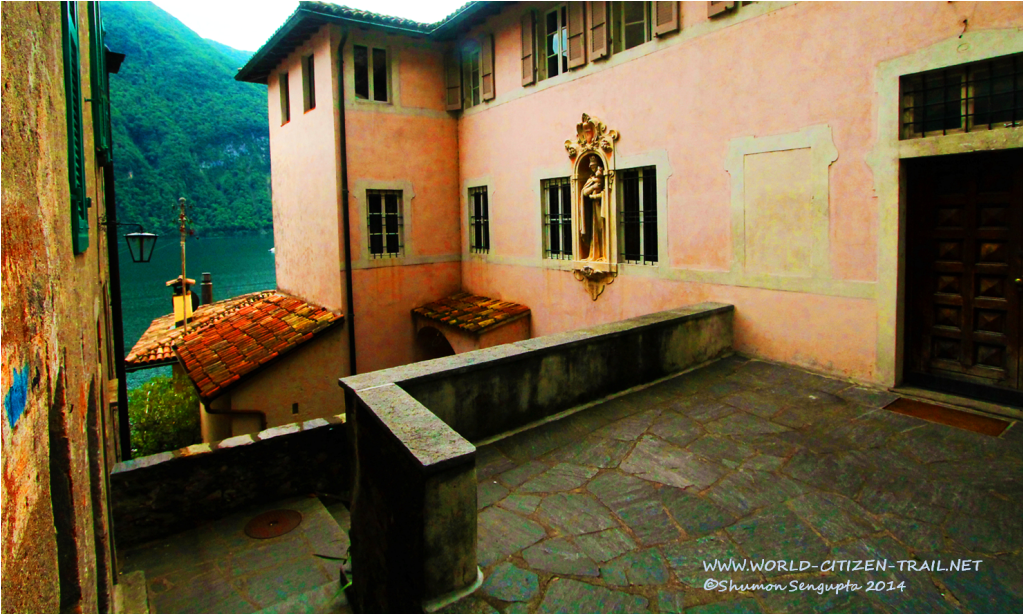
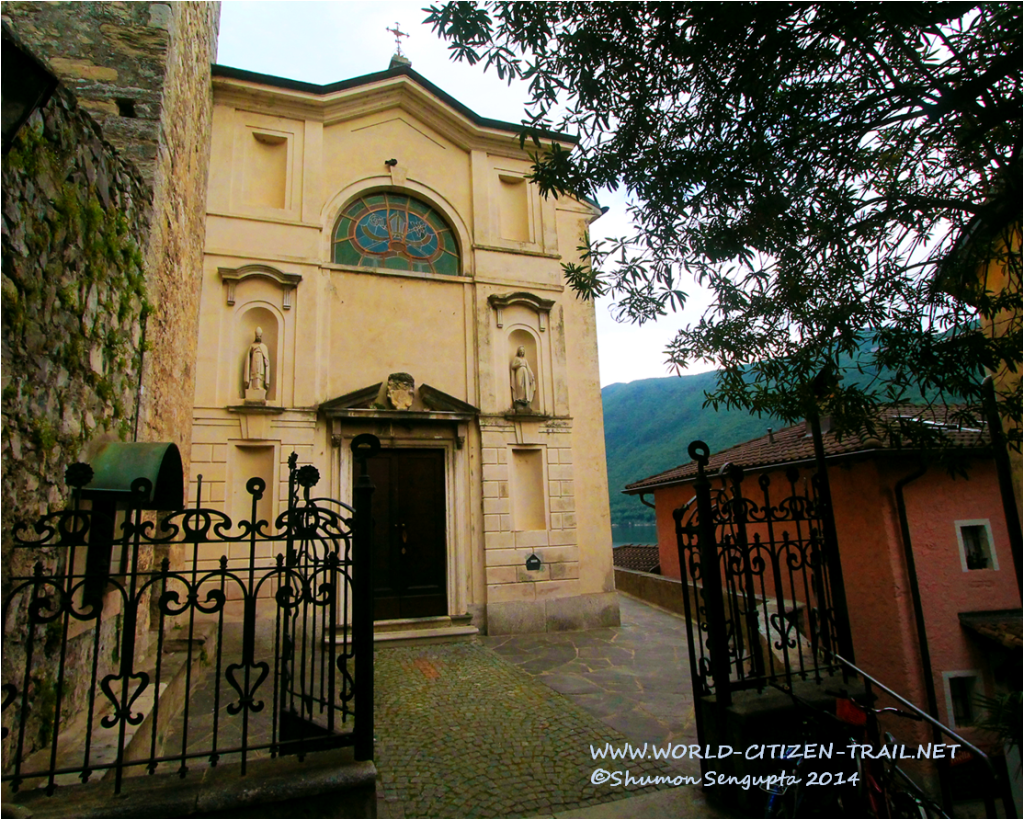

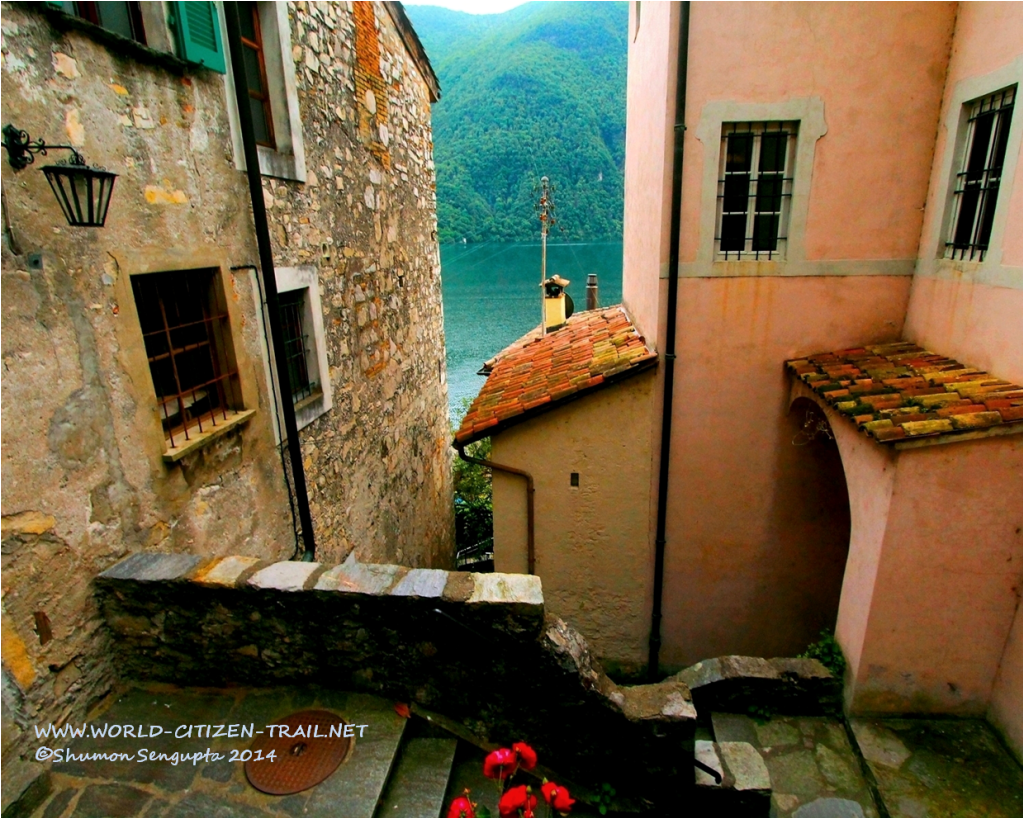








What a lovely place. The snaps are too beautiful. Wonderful scenic beauty. Just loved it. Thank u for sharing. Keep posting with lots more.
Thank you very much. Shumon (Guest blogger for this post) is an amazing storyteller and photographer. I was honored to have him write for the blog. Hope to have you back for more stories on this blog.
Yes I am always following your blogs…Hope to get some more interesting info from u…